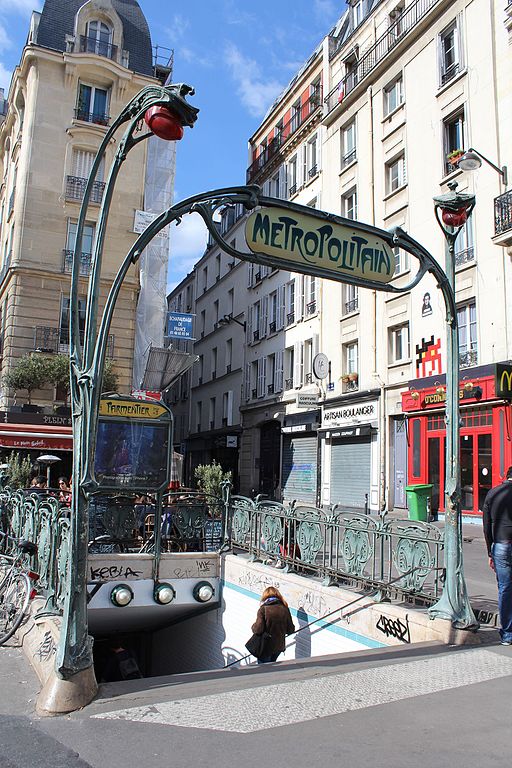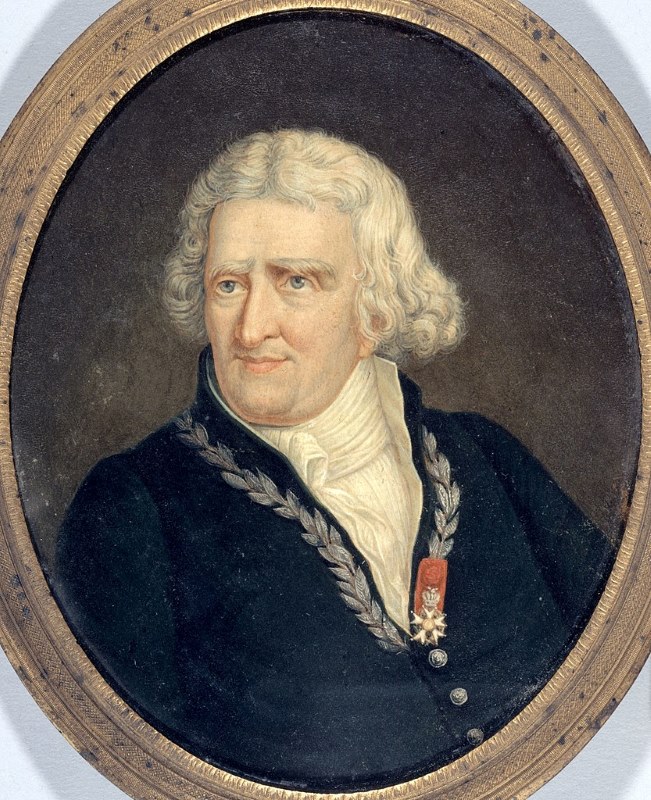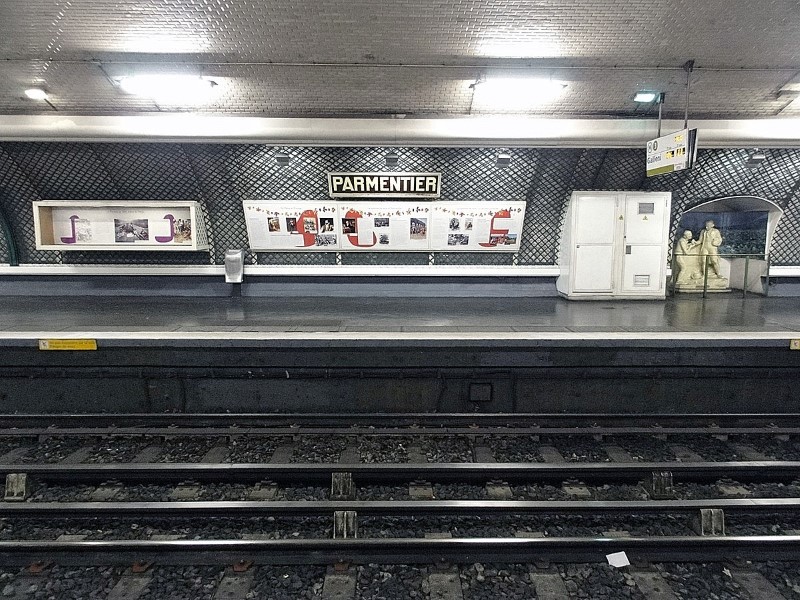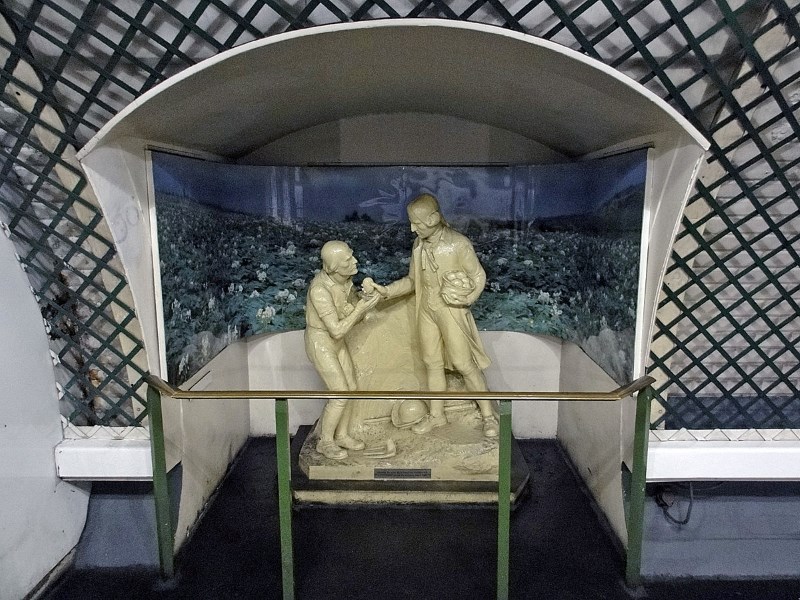Did you know that a station of the Paris metro is themed around the humble potato?
Running through the 10th and 11th arrondissements, the avenue Parmentier takes its name from 18th-century scientist Antoine-Augustin Parmentier, best known for pioneering the potato. In turn, the avenue gives its name to a station on metro line 3, at the junction with the avenue de la République.

The potato has been cultivated in the Andes for thousands of years. But starting in the 1500s, the Columbian exchange brought them to Europe, along with other American crops like maize and tomatoes. The plant took a while to adapt to Europe’s long summer days and winter nights; but Ireland’s mild climate proved a perfect staging ground. By the 18th century, it was spreading across Europe.
There are several reasons for the rise of the potato. It produces more calories per acre than any grain. In fact, it provides most of the nutrition a human needs, and when combined with a little dairy offers a remarkably balanced diet. For peasant farmers, potatoes offered a key advantage over grain: buried under the ground and harvested one by one, they were easier to hide, harder to tax and harder for occupying armies to steal.
Historians debate the extent to which the potato grew from the bottom up – thanks to individuals choosing it for its superior properties – and to what extent it was driven from the top down. At first, many superstitious Europeans viewed the tuber, a member of the nightshade family which hid itself under the ground, with mistrust. In 1748, the Parliament of Paris went so far as to ban its cultivation. But peasants in Ireland and increasingly across Europe were by this point already discovering the potato’s potential.

Insofar as the rise of the potato can be credited to men of influence, Antoine-Augustin Parmentier is a key figure. His 1774 work “Chemical Examination of Potatoes” praised the vegetable. In 1779, he published a report on how to make bread without flour, using potatoes instead. By the 1780s, the royal court was eagerly promoting the potato. It was no longer the food of paupers. In 1804, newly crowned emperor Napoleon made Parmentier one of the first members of the Legion of Honour.
The potato became such an important part of European diets that when a potato blight spread across the continent in the 1840s, it had profound effects. It hit Ireland worst, thanks in part to the island’s dependence on the crop and in part thanks to shameful British mismanagement. But in the rest of Europe, hunger was strong enough to trigger a wave of revolutions in 1848. The revolution in France brought down the regime of Louis-Philippe and paved the way for Napoleon III’s Second Empire.
In modern French, Parmentier gives his name to a number of potato-based dishes, most notably France’s answer to the cottage pie, the hachis parmentier. And he also gives his name to an avenue and a metro station in eastern Paris.

The metro station
Parmentier station opened in October 1904, when line 3 opened from Villiers in the west to Père Lachaise in the east. It’s as simple as they come: a cut-and-cover affair with one track in each direction, a platform on either side, and a single entrance (a Hector Guimard original). But in one area it’s unique: along its platforms, waiting passengers can study the story of the spud.
The first thing you’ll notice as your train rolls into Parmentier is the green trellises lining the walls. These represent the meshed sacks in which potatoes are sold. Next, you’ll spot the seats, shaped to hug the buttocks. These aren’t the most comfortable places on the network to park your derrière, but they seem to be designed to resemble tractor seats. Another major design element (this time not potato-themed) is the enamelled signs showing the station name in yellow on a black background. These were once common, but today, blue and white signs abound, and the only other station with signs like these is Falguière on line 12.

All these things can be seen from the train, if you’re paying attention. But to fully appreciate Parmentier station, you’ll need to step onto the platforms. On each side, you’ll find a cabinet describing artefacts from pre-Columbian South America, as well as information panels about the history of the potato. On the eastbound platform, these are joined by a statue of Parmentier giving a potato to a peasant.
Parmentier might not be a first-visit-to-Paris attraction, but if you’re interested in unusual transport stations, it’s worth the detour on a subsequent trip.

 Fabric of Paris
Fabric of Paris